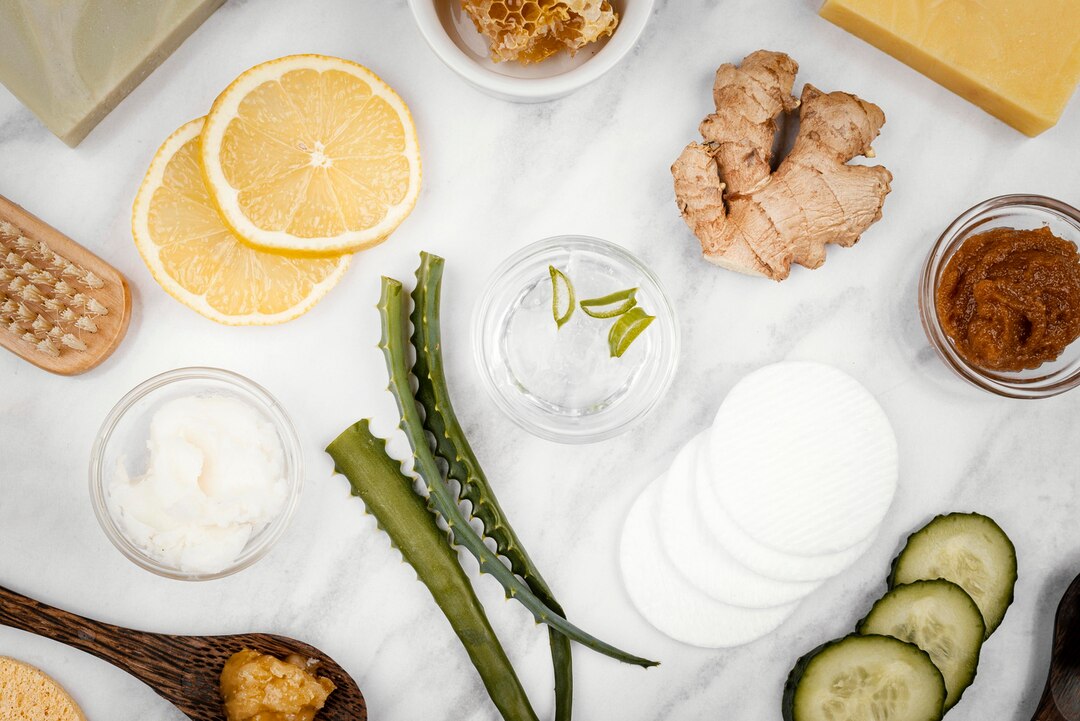With the rise of social media influencers and beauty bloggers sharing their favorite DIY skincare hacks, it’s tempting to try our hand at creating homemade treatments in the quest for glowing, radiant skin. While some DIY skincare recipes can be effective and budget-friendly, others may do more harm than good if not executed properly. To help you navigate the world of at-home skincare, here are some essential dos and don’ts to keep in mind for safe and successful DIY treatments.
The Dos:
- Research Thoroughly: Before diving into DIY skincare, take the time to research ingredients, recipes, and techniques thoroughly. Look for reputable sources, such as skincare experts, dermatologists, and scientific studies, to ensure that you’re using safe and effective ingredients.
- Patch Test: Always perform a patch test before applying any DIY skincare treatment to your face or body. Apply a small amount of the mixture to a discreet area of skin, such as the inner forearm, and wait 24 to 48 hours to check for any adverse reactions, such as redness, irritation, or itching.
- Use Clean Tools and Containers: Ensure that your tools and containers are clean and sanitized before mixing and applying DIY skincare ingredients. Use disposable spatulas or clean, dry hands to avoid introducing bacteria or other contaminants into your homemade treatments.
- Start Simple: If you’re new to DIY skincare, start with simple recipes and ingredients to avoid overwhelming your skin. Focus on single-ingredient treatments, such as honey masks, oatmeal scrubs, or yogurt cleansers, before experimenting with more complex formulations.
- Listen to Your Skin: Pay attention to how your skin responds to DIY treatments and adjust your regimen accordingly. If you experience any adverse reactions or irritation, discontinue use immediately and consult a dermatologist for guidance.
The Don’ts:
- Don’t Use Harsh or Unsafe Ingredients: Avoid using harsh or potentially harmful ingredients in DIY skincare recipes, such as undiluted essential oils, lemon juice, baking soda, or toothpaste. These ingredients can irritate the skin, disrupt the skin’s natural barrier, and lead to long-term damage.
- Don’t Over-Exfoliate: While exfoliation is an essential step in any skincare routine, over-exfoliating can cause irritation, sensitivity, and damage to the skin. Limit exfoliation to 2-3 times per week and choose gentle exfoliants, such as sugar, oatmeal, or enzymatic exfoliants, to avoid over-stripping the skin.
- Don’t Skip Preservation: Homemade skincare products are more susceptible to bacterial growth and contamination than commercial formulations. If you’re creating water-based treatments, such as toners or serums, be sure to incorporate a natural preservative, such as vitamin E or grapefruit seed extract, to extend the shelf life and prevent microbial growth.
- Don’t Ignore Safety Precautions: Some DIY skincare ingredients, such as clays, activated charcoal, or acids, can be messy or potentially hazardous if not handled properly. Follow safety precautions, such as wearing gloves, protective eyewear, or a face mask, when working with these ingredients to minimize the risk of accidents or injuries.
- Don’t Expect Overnight Results: Consistency is key when it comes to skincare, whether you’re using commercial products or DIY treatments. While some DIY skincare recipes may yield immediate results, others may take time to show noticeable improvements in your skin. Be patient, stick to your routine, and give your skin time to adjust and respond to the ingredients.
DIY skincare can be a fun and rewarding way to pamper yourself and address specific skin concerns at home. By following these dos and don’ts for safe and successful at-home treatments, you can enjoy the benefits of DIY skincare without compromising the health and integrity of your skin. Remember to research ingredients, patch test new formulations, use clean tools and containers, start simple, listen to your skin, avoid harsh or unsafe ingredients, limit exfoliation, incorporate preservation, follow safety precautions, and be patient with your results. With the right approach and a little experimentation, you can achieve healthy, glowing skin from the comfort of your own home.








